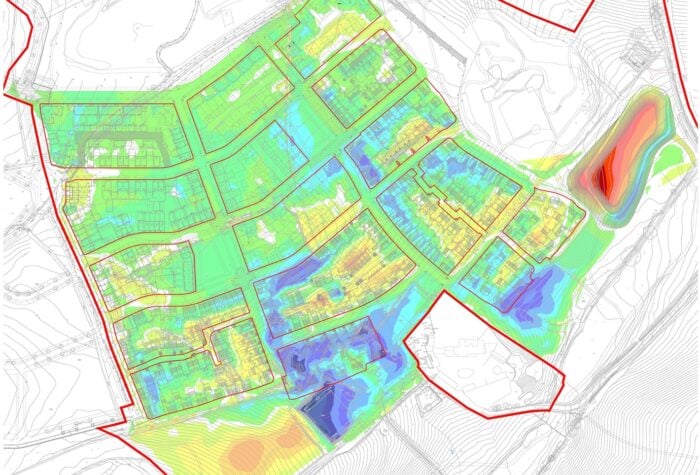
Building Safety Act 2022
The Building Safety Act 2022 (BSA 2022) marks a defining moment for the UK’s built environment, fundamentally reshaping the regulatory framework for building safety, design & construction in the wake of the Grenfell Tower tragedy and subsequent Hackett inquiry.
As the legislation beds in, its effects are rippling across the construction industry, with particular significance for higher-risk buildings (HRBs) such as high-rise residential developments
Current Legislation: Raising the Bar on Safety and Accountability
At its core, the BSA 2022 is designed to address systemic failures in building safety regulation, with a focus on high risk buildings (HRBS’) defined as buildings at least 18 metres high or seven storeys, containing two or more residential units. The Act introduces a robust new regime, including:
- The creation of the Building Safety Regulator (BSR), under the Health and Safety Executive, tasked with overseeing safety and standards for all buildings and enforcing a more stringent regime for HRBs. They also administer the gateway approval process.
- Clearer responsibilities for duty holders throughout the lifecycle of a building, from design and construction through to occupation and ongoing management. Duty holders now include the client, the BRPD, the BRPC, designers and contractors.
- The requirement for a golden thread of digital safety information, maintained throughout a building’s design, construction & operation, ensuring transparency and
- A new gateway approval process at key stages of development for HRBs, ensuring safety is considered at every stage and that non-compliance can be halted before it becomes systemic
The Act also extends the limitation period for claims under the Defective Premises Act 1972, allowing homeowners to bring claims against developers and contractors for up to 30 years after completion—an unprecedented move that significantly increases liability risk for the industry.
It is also worth noting that the Act also has requirements for all other types of development, classed as non-HRB’s. While these developments do not need gateway approval, they do require professionals to have significant experience in the tasks they are undertaking, a BRPD to be appointed and for clients to satisfy themselves that their consultant & contractor appointments have the require competencies.

Knock-On Effects for Projects – Especially HRBs
The impact of the BSA 2022 on projects, and HRBs in particular, is profound:
- The gateway process introduces new “hold points” where regulatory approval is required before progressing, potentially affecting project programmes and increasing costs
- A shift in the level of detail provided, as detailed design processes are having to be brought forward to navigate the gateway process
- Duty holders must now demonstrate compliance not only at completion but throughout the project lifecycle, requiring a more collaborative and transparent approach among all parties
- The responsibilities of duty holders and the requirement for regular safety assessments and digital record-keeping mean that building owners and managers face ongoing obligations, with significant enforcement powers now vested in the BSR
- The extended limitation periods and new rights to claim damages introduce new risks for all parties involved in the development and management of HRBs, underscoring the need for robust compliance and risk management strategies
Government Viewpoint: A Commitment to Culture Change
The government’s stance is clear: the BSA 2022 is not just about new rules but about driving a wholesale culture change in the construction and property management sectors. It is a direct response to the Grenfell Inquiry and Dame Judith Hackitt’s “Building a Safer Future” report, aiming to put residents’ safety and voices at the heart of the system
Recent government communications have reaffirmed a commitment to reviewing and refining the definition of HRBs and ensuring that regulatory changes are both effective and proportionate. The government has also emphasised the importance of industry competence, transparency, and accountability at every level.
Government is also recognising the challenges faced by the new legislation, with commitments made on;
- Implementation of reforms to the Building Safety Regulator including new leadership, investment, and a Fast Track Process to speed up new build approvals and remediation, supporting the target to deliver 1.5 million safe homes and progressing towards a single construction regulator as recommended by the Grenfell Inquiry.
- Launch of the Building Safety Levy, expected in autumn 2025, charging new residential buildings requiring building control approval to fund remediation work, with an aim to raise approximately £4 billion over 10 years.
- Development of enhanced training programs and certification frameworks to improve the competency of professionals involved in building safety, ensuring all duty holders meet rigorous standards.
- Focused training and development initiatives for new Building Safety Regulator staff to streamline gateway approval processes and enhance regulatory efficiency.
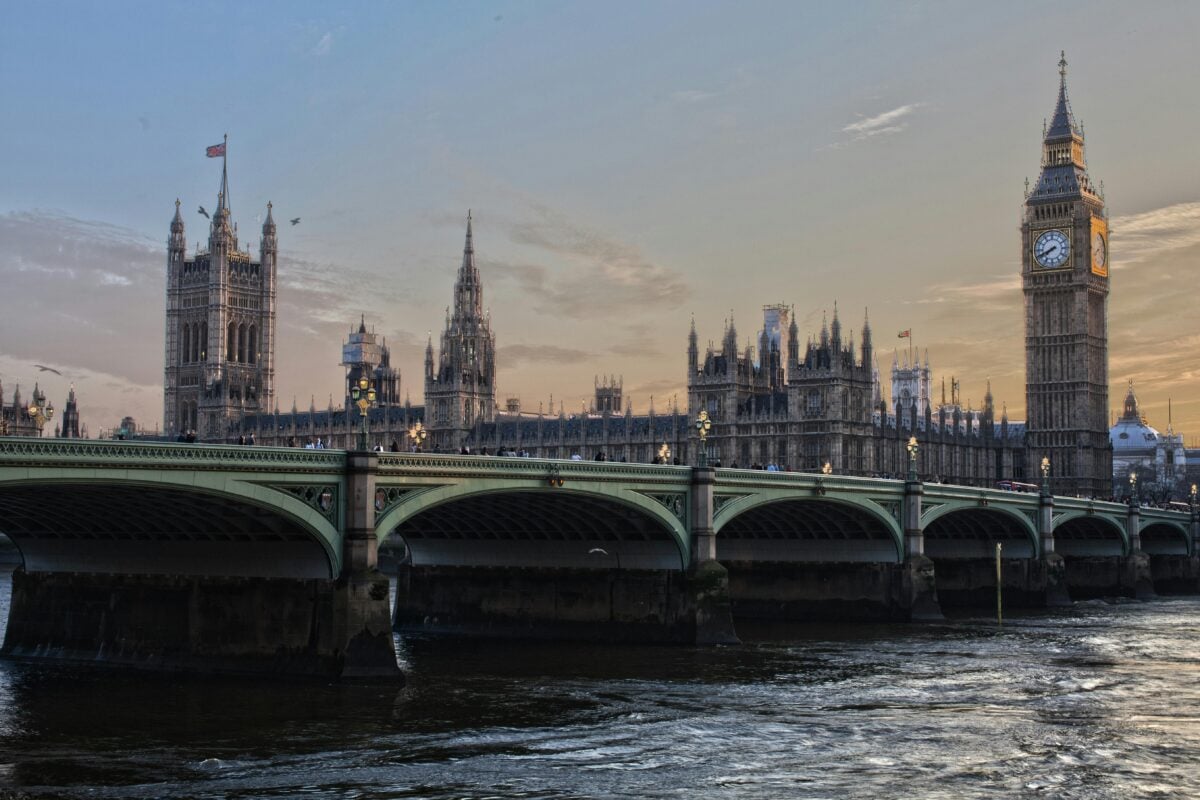
Industry Response: Navigating Complexity and Risk
The construction and property sectors have broadly welcomed the Act’s intentions but expressed concerns about implementation challenges:
- The new regulatory requirements, particularly the gateway process and the need for comprehensive digital record-keeping, demand significant upskilling and investment in new systems and processes
- Expedited training of Building Safety Regulator professionals to administer the process and ensure approval timeframes are met for gateway, removing the current delays associated with.
- The extension of liability periods and the ability for individuals to claim damages for non-compliance with Building Regulations have heightened risk exposure for developers, contractors, and consultants
- There is a recognition that the Act introduces a universal change in responsibility and culture, but also anxiety about the practicalities of compliance, especially for legacy buildings and ongoing projects
Industry bodies have called for clear, consistent guidance from the BSR and government, as well as support in building the necessary competence among professionals responsible for building safety.
Brookbank’s stance
Brookbank’s stance is to actively embrace the new legislation, supporting team members in developing the necessary knowledge and skills to meet these requirements. The company is committed to ensuring its own compliance by maintaining a library of case studies and CVs as evidence of competence across a wide range of projects, including both Higher-Risk Buildings (HRBs) and non-HRBs. Brookbank is also dedicated to increasing awareness among key clients involved in the development and design of HRBs, ensuring that both consultants and contractors understand the requirements of the Golden Thread and assisting clients with the collation and review of this essential information. The team possesses a holistic understanding of design, detail requirements, and Building Regulations, enabling them to effectively navigate the gateway process, particularly Gateway 2 and provide comprehensive support on key areas such as Part L, Part O, Part M, and Part F of the regulations. Furthermore, Brookbank is implementing new services for key clients working on large schemes, offering Technical Advisory and Quality Monitoring throughout RIBA Stages 4 to 6. By taking this approach, the company helps clients reduce risks and mitigate future limitation claims related to M&E installation and building services.
Conclusion: Towards a Safer, More Accountable Built Environment
The Building Safety Act 2022 is a landmark piece of legislation, ushering in a new era of accountability, transparency, and resident empowerment in building safety. While its implementation presents significant challenges for industry stakeholders, particularly in the context of HRBs – it also offers an opportunity to rebuild trust and deliver safer homes for all.
The journey to full compliance will be complex, but the direction of travel is clear: safety, competence, and accountability must be at the heart of every project, from inception to occupation and beyond. The industry’s ability to rise to this challenge will define the legacy of the Act and the safety of generations to come
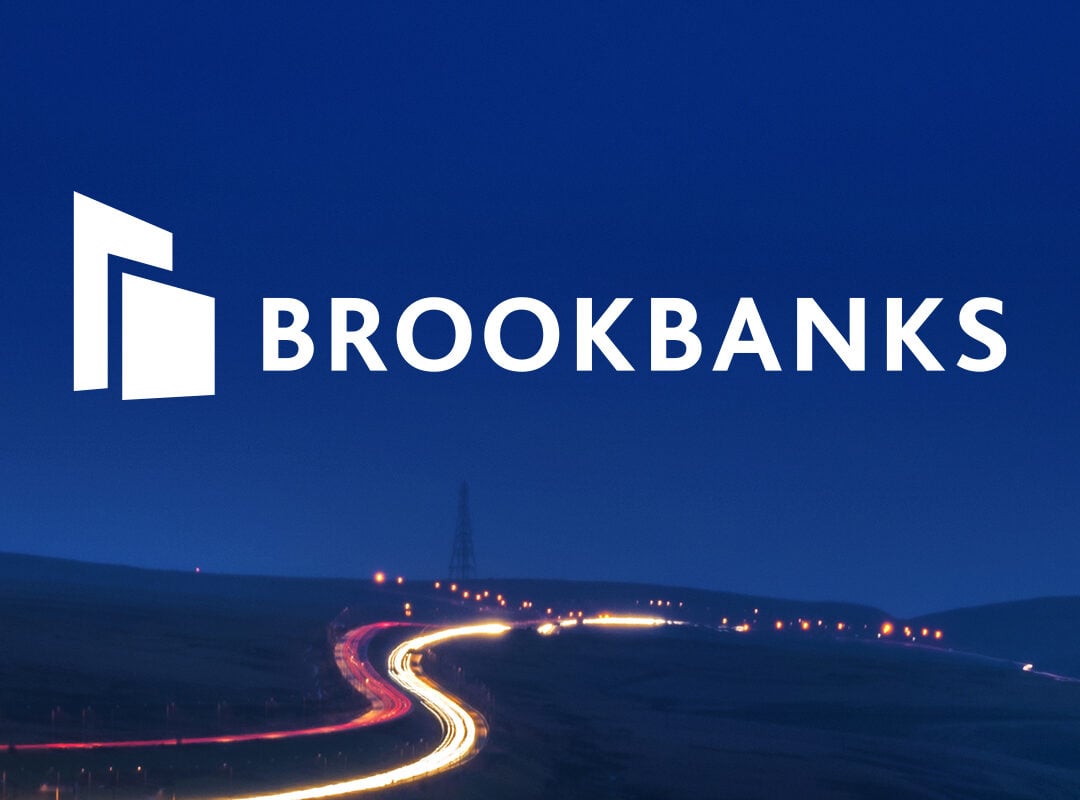
Check out our Services...

Civil Engineering Group

Cost & Commercial Group
Infrastructure/Abnormal/Site-Wide Cost Planning. We have vast experience in structuring, maintaining and managing budgets of hundreds of million pounds, en...
View More
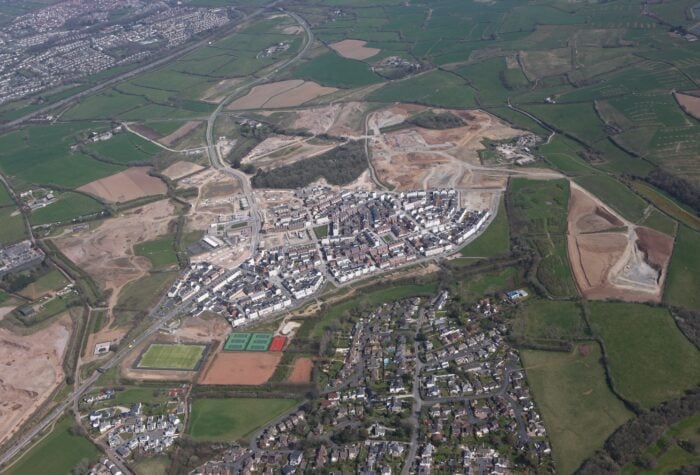
Development Management Group
We are one of the UK's leading partners to blue chip developers, funders and land promoters. From securing planning consents for major house building schem...
View More

Land, Development and Communities Group
Our Land, Development and Communities Group (LDC) has built an enviable reputation across our industry as leading providers of a variety of services with t...
View More

Mechanical and Electrical Engineering Group
Our Mechanical and Electrical Engineering Group has a renowned team of award-winning, energy-centric building services specialists.
We are a creative te...
View More

Our work on the Development Cycle
Our services are available for specific stages of a project or for a projects' entire lifecycle – it all comes down to what you need and when. We are adapt...
View More
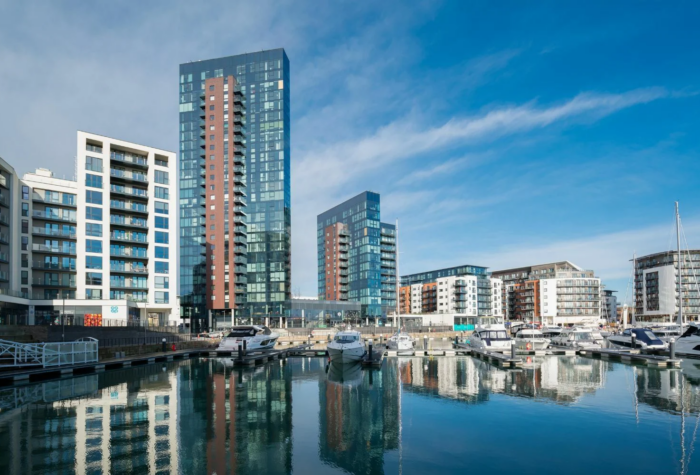
Structural Engineering Group
Our Structural Engineering Group can trace its origins back to its formation in 1984. From the outset it quickly gained a reputation for producing practica...
View More
More News

Podcast Episode #7 – SME Developers – Lifting the Barriers
December 18, 2025
In our latest podcast episode, we dive into the critical role of small and medium-sized enterprise (SME) developers in meeting the UK Government’s ambitious target of delivering 1.5 million homes by the end of this Parliament term.

Webinar Summary: Section 106 Contributions: Purpose & Recovery
December 17, 2025
Section 106 (S106) agreements play a vital role in shaping sustainable communities by ensuring that developments contribute to essential infrastructure and services. However, recent research highlights a growing challenge: billions of pounds in developer contributions remain unspent by local authorities. At Brookbanks, we believe understanding the purpose of these agreements, and how to recover unspent funds, is critical for developers and stakeholders alike.

Building Smarter from the Start
December 15, 2025
At Brookbanks, we know that time and budget are often the defining factors in any project. That’s why we focus on delivering timely, value-driven outcomes through smarter design strategies.
